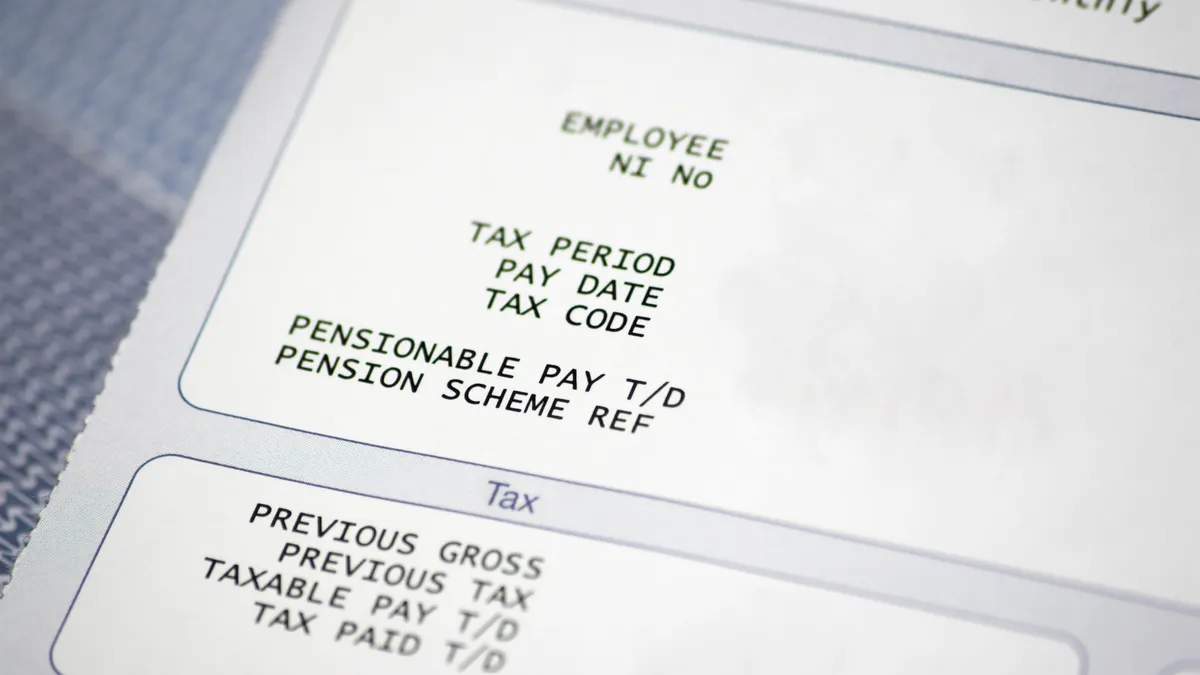Fidelma McGuirk is the founder and CEO of Payslip. Opinions are the author's own.
Stay-at-home orders that went into effect in early 2020 caught many businesses technologically unprepared for the sudden shift to remote work. One area of business that saw significant disruption was global payroll, as industry professionals struggled with gaining remote access to crucial data and continuity procedure notes. Many companies relied — and still do rely — on static spreadsheets and manual input of payroll data. This outdated system not only results in a time consuming and inefficient process, but it creates an unstable environment for sharing sensitive payroll information.
While current payroll technologies continue to support outdated systems and services, the demand for digital transformation within the global payroll industry is continuing to increase drastically. As a result, global companies are looking for tech-led solutions to enable their new market growth. When considering payroll reporting tools to enhance digital capabilities and combat payroll complexities, there are a few things companies should keep in mind.
Data standardization
Understanding the ins and outs of global payroll costs can be difficult in normal times, and the lack of visibility over end-to-end global payroll operations was a persistent issue even before the COVID-19 pandemic hit. As stay-at-home orders swept the globe and remote hiring escalated, companies increasingly struggled to clearly articulate what was happening in payroll operations from a global perspective. This gives rise to a number of troublesome issues, like business decisions not being made based on real-time data and payroll teams not in a position to respond to nuanced reporting requests due to lack of digital tools at their disposal.
Standardizing global payroll is a huge benefit to multinational companies, helping not only to increase efficiency but to provide better and more comprehensive data for payroll professionals — ranging from payroll professions like human resources managers all the way up to C-suite leaders like chief financial officers — that will enable them to do their jobs in a smarter, more informed, reliable way. Consolidated payroll reporting via digital tools enables employers to better understand multi-country payroll labor costs. This provides immediate visibility and control over end-to-end global payroll operations and labor costs — something that is much in demand as COVID-19 disruption continues in 2021.
Lack of data standardization also poses a risk for companies. With an abundant amount of data in different formats, it's easy for an individual employee's payroll or a compliance deadline to slip through the cracks. Necessary information — like the true cost of your payroll, how one country compares to another in terms of labor costs, etc. — can be hidden in global payroll data. Data standardization technology is needed to extract this hidden information and analyze it. Without technology, global employers could be operating in the dark or missing potential opportunities for business growth and expansion.
Payroll security
Employers have access to a treasure trove of their employees' personal information through payroll, including social security numbers, bank account information, home addresses, and more, so when evaluating payroll management systems, data protection and security are two top concerns for organizations. In 2020, the volume of data breaches fell by 48% compared with the previous year, for a total of 3,932 publicly disclosed breaches, according to security firm Risk Based Security. However, the volume of records that were compromised by these breaches increased by 141% for a total of 37 billion, the highest reported since 2005.
Companies have been hesitant to shift payroll to the cloud, but the pitfalls of this have been magnified during the pandemic, creating an urgent need for payroll professionals to have remote access to all data, documentation and authorizations to do their job. Cloud-based infrastructure has become essential to improving the operational efficiency of global payroll, as static documents stored on a desktop become insufficient to handle the data complexities that exist when a company has thousands of employees spread across a range of countries and continents.
When it comes to data security and authorization levels, it is crucial to ensure that only individuals authorized with reasonable cause to see payroll data can access, view and change it. With remote work being the new normal, data security and information security protocols around payroll services must be reviewed, optimized and observed on a strict basis. Employers must create and authorize specific user access to enable global payroll data to remain secure, while ensuring the global payroll professionals can operate in an agile and responsive manner.
Automation and scheduling
Manual processes in a global payroll environment are time-consuming and also subject to human error, introducing unnecessary risk to payroll data. Automation technology introduces speed, accuracy and control into a workflow process, as well as the concept of technology doing the heavy lifting and ensuring that employees are being paid on time and accurately. When repeatable tasks become automated, it allows payroll professionals to work on other priorities, helping them to do their jobs better, and takes human error out of the equation, meeting key global payroll deliverables on a regular basis.
Digitized calendars that store key payroll dates in each country are beneficial for centralized departments when monitoring and controlling multi-country payroll deliverables. And with remote workers spread across multiple countries with a surplus of compliance obligations to meet, digital compliance calendars help monitor key compliance states. Automation technology enables organizations to upload bulk files with payroll calculations for thousands of employees in a matter of seconds. Having more employees at a given company means more data to be input, confirmed and managed each pay cycle. Automation saves companies valuable time and effort and improves accuracy.
A return to a pre-pandemic office scenario is a long way out, with companies already preparing for phased returns of certain employees with a heavy focus on distributed work whenever possible. The pandemic has served to highlight the business-critical nature of global payroll — where failure is never an option — so now is the time to fast track any digital transformation projects that will replace outdated legacy technology and move global payroll into an innovative cloud environment.





















